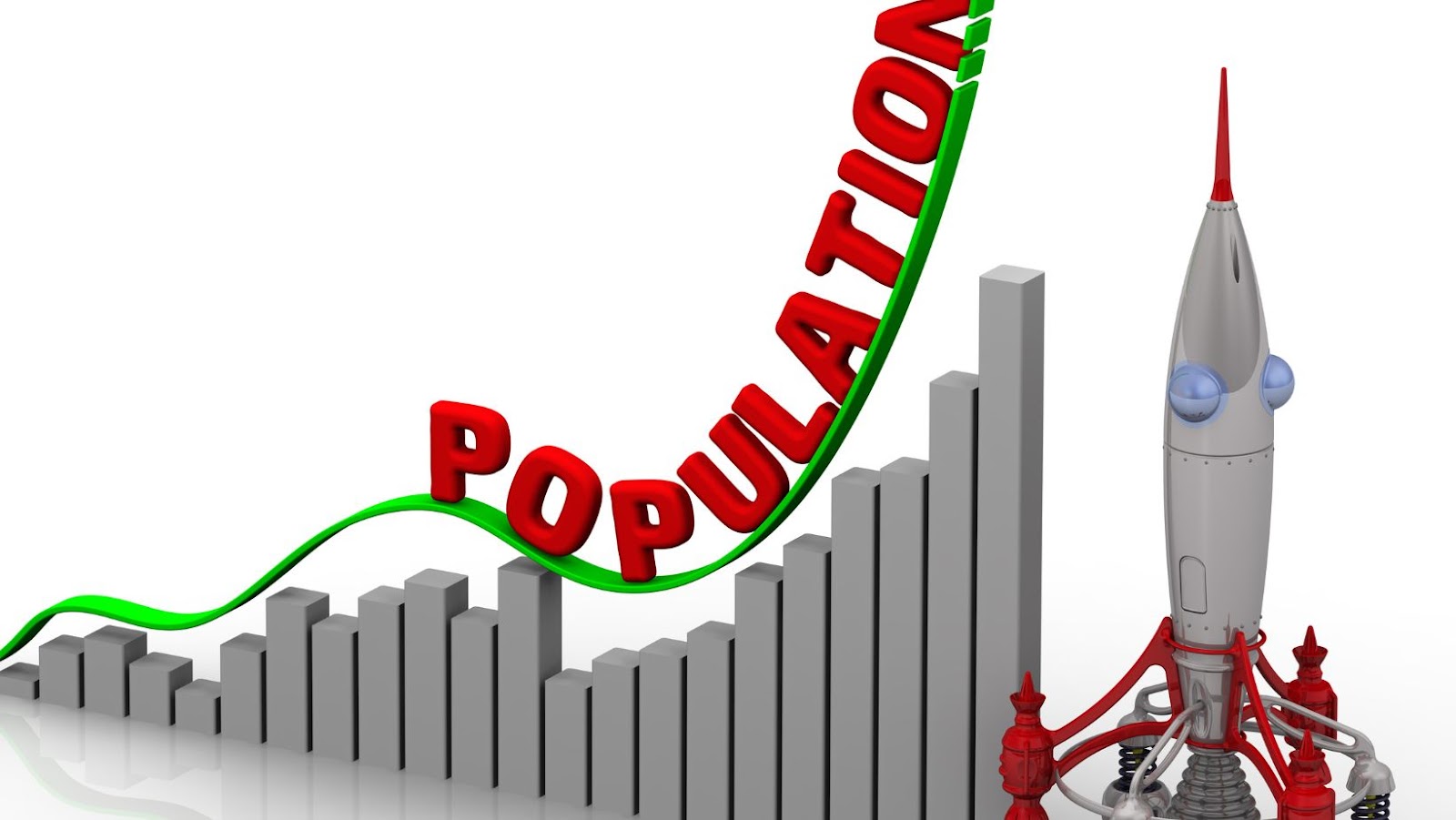Pristina Population
The population in Pristina has seen significant growth over the years. As economic opportunities have increased and infrastructure has improved, more people have been drawn to this bustling city. The influx of young professionals seeking employment and educational opportunities has contributed to the steady rise in the population.
Currently, the exact number of people residing in Pristina is difficult to determine due to ongoing demographic changes. However, according to recent estimates, the population is believed to be around [insert approximate number]. This figure highlights the city’s status as one of the most populous urban areas in Kosovo.
As development continues and Pristina expands its offerings in terms of education, healthcare, and cultural attractions, it’s no surprise that its population continues to grow. This dynamic mix of residents adds depth and vibrancy to the city’s social fabric while shaping its future as a thriving cosmopolitan hub.
Population Growth in Pristina
Pristina, the capital city of Kosovo, has experienced significant population growth over the years. The steady influx of people to this vibrant urban centre has contributed to its development and cultural diversity.
Here are some key points about the population growth in Pristina:
- Rapid Urbanisation: Pristina has witnessed a rapid increase in urbanisation, with more people migrating from rural areas seeking better opportunities and quality of life.
- Increasing Birth Rate: The city’s population growth can be attributed partly to a consistently high birth rate among its residents. Pristina has seen a rise in the number of young families choosing to settle down and raise their children here.
- Migration Patterns: In addition to natural population growth, Pristina has also attracted migrants from other regions and countries. People come seeking employment prospects, educational opportunities, or simply a change of scenery.
- Economic Development: The economic development and stability in Pristina have played a crucial role in attracting both domestic and international migrants. The city offers job opportunities across various sectors such as services, industry, and technology.
- Infrastructure Investments: The government’s investments in infrastructure have further facilitated the city’s population growth by improving transportation networks, housing options, healthcare facilities, and educational institutions.
- Cultural Diversity: As more people from different backgrounds come together in Pristina, the city becomes a melting pot of cultures and traditions. This diversity adds vibrancy to its social fabric.
- Challenges Ahead: While population growth brings numerous benefits, it also poses challenges for urban planning and resource management. Ensuring adequate housing, healthcare services, transportation systems, and environmental sustainability will be crucial as Pristina continues to grow.
In conclusion, Pristina’s population has been steadily growing due to factors such as rapid urbanisation, increasing birth rates, and migration patterns. The city’s economic development and investments in infrastructure have also contributed to its attractiveness. However, managing the challenges associated with population growth will be key to ensuring a sustainable future for Pristina.
